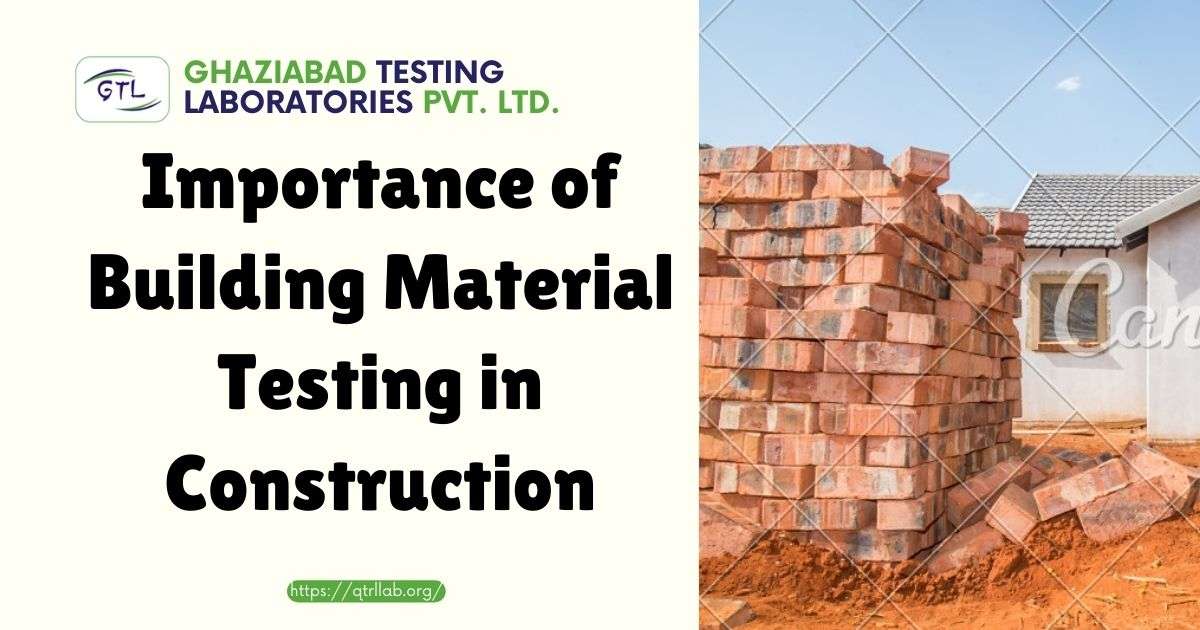Introduction
Cable insulation is a critical component in the electrical industry, serving as a barrier between electrical conductors and the external environment. This article provides a comprehensive comparison of various cable insulating materials, focusing on their properties, applications, and performance.
Historical Perspective
Traditionally, paper-fluid systems were used as insulation in power cables. Paper, derived from wood or cotton, is a natural polymer and exhibits properties such as polarity, which leads to medium dielectric losses. However, with the advent of synthetic polymers, materials like polyethylene (PE) and crosslinked polyethylene (XLPE) have become more prevalent.
Polymeric Insulation Materials
Polymeric materials, such as PE and XLPE, are widely used due to their ease of processing and favorable electrical properties. PE is known for its low dielectric losses, as it is less polar than paper. XLPE, in particular, is favored for high voltage applications because of its excellent electrical and thermal properties.
Comparison of Properties
The major differences between paper and polyolefinic insulations can be summarized as follows:
- Paper/Cellulose Insulation: It is more polar, leading to medium losses. It has linear chains and is partially crystalline. Paper does not exhibit thermal expansion upon heating and is not crosslinked.
- Polyethylene (PE) Insulation: PE is less polar, resulting in low losses. It has branched chains and is also partially crystalline. PE shows significant thermal expansion and is not crosslinked.
- Crosslinked Polyethylene (XLPE) Insulation: XLPE shares similar carbon and hydrogen composition with PE but is crosslinked, which enhances its thermal stability and resistance to degradation.
- Ethylene Propylene Rubber (EPR) Insulation: EPR is synthetic, like XLPE, and has low losses. It is the least crystalline of all and exhibits slight thermal expansion. EPR is also crosslinked, providing durability and stability.
Applications and Considerations
The choice of insulation material depends on various factors such as operating temperature, environmental conditions, and electrical requirements. For instance, XLPE is preferred for high voltage cables due to its superior dielectric strength and thermal resistance. On the other hand, EPR might be chosen for its flexibility and resistance to various chemicals.
Environmental and Safety Aspects
Environmental sustainability and safety are also crucial considerations. While synthetic polymers are derived from petroleum, natural paper insulation is biodegradable. The manufacturing processes and end-of-life disposal of these materials have different environmental impacts that must be considered.
What are the advantages of using paper insulation?
What are the advantages of using paper insulation?
Paper insulation in cables has several advantages that have made it a popular choice, especially in the past. Here are some of the key benefits:
- Low Cost: Paper-insulated cables are economical to manufacture, which made them a widely used option when alternatives were limited.
- Good Electrical Insulation: Paper provides a reasonably good level of electrical insulation for lower voltage applications.
- Low Capacitance: This type of insulation has a low capacitance, which is beneficial for certain electrical applications.
- High Dielectric Strength: Paper insulation has a high dielectric strength, making it suitable for insulating electrical conductors.
- High Insulation Resistance: It offers high insulation resistance, which is crucial for preventing current leakage and ensuring the safety of electrical systems.
These properties have contributed to the use of paper insulation in various types of cables, particularly for certain voltage ranges and applications where these advantages are most beneficial.
How does paper insulation compare to synthetic materials?
Paper insulation and synthetic materials each have distinct characteristics that make them suitable for different applications in cable insulation. Here’s a comparison based on various factors:
Material Composition and Polarity:
- Paper Insulation: It’s a natural polymer obtained from wood or cotton, containing carbon, hydrogen, and oxygen. The presence of oxygen contributes to its polarity, leading to medium dielectric losses.
- Synthetic Materials: These are usually made from polymers like polyethylene (PE) and crosslinked polyethylene (XLPE), consisting of carbon and hydrogen. They are less polar than paper, resulting in lower dielectric losses.
Thermal Expansion and Crosslinking:
- Paper Insulation: Does not exhibit thermal expansion upon heating and is not crosslinked, which can limit its thermal stability.
- Synthetic Materials: Materials like PE show significant thermal expansion, and XLPE is crosslinked, enhancing its thermal stability and resistance to degradation.
Environmental Impact:
- Paper Insulation: Being biodegradable, paper is more environmentally friendly compared to synthetic materials.
- Synthetic Materials: Derived from petroleum, synthetic insulators have a larger environmental footprint due to their production process and non-biodegradability.
Performance in High-Temperature Environments:
- Paper Insulation: Has limited temperature resistance and can deteriorate in high-temperature environments, affecting its insulation integrity.
- Synthetic Materials: Generally have better performance at high temperatures, especially crosslinked materials like XLPE, which are used for high voltage applications due to their superior dielectric strength and thermal resistance.
In summary, while paper insulation is cost-effective and biodegradable, synthetic materials like PE and XLPE offer improved thermal stability, lower dielectric losses, and better performance in high-temperature environments. The choice between paper and synthetic insulation will depend on the specific requirements of the electrical application.
Ensure the integrity of your electrical products with Ghaziabad Testing Laboratories. Our state-of-the-art quality and safety testing guarantees that your equipment meets the highest standards. Don’t compromise on safety – contact us today to certify your products for excellence!”















